Every time I have to go to the old Hanoi Post Office built during the French colonial period (originally called the “wire house”) and look at the Hoa Phong tower next to Hoan Kiem Lake across Dinh Tien Hoang Street, I remember the tragic and comical stories that happened around this land during the French colonial period.
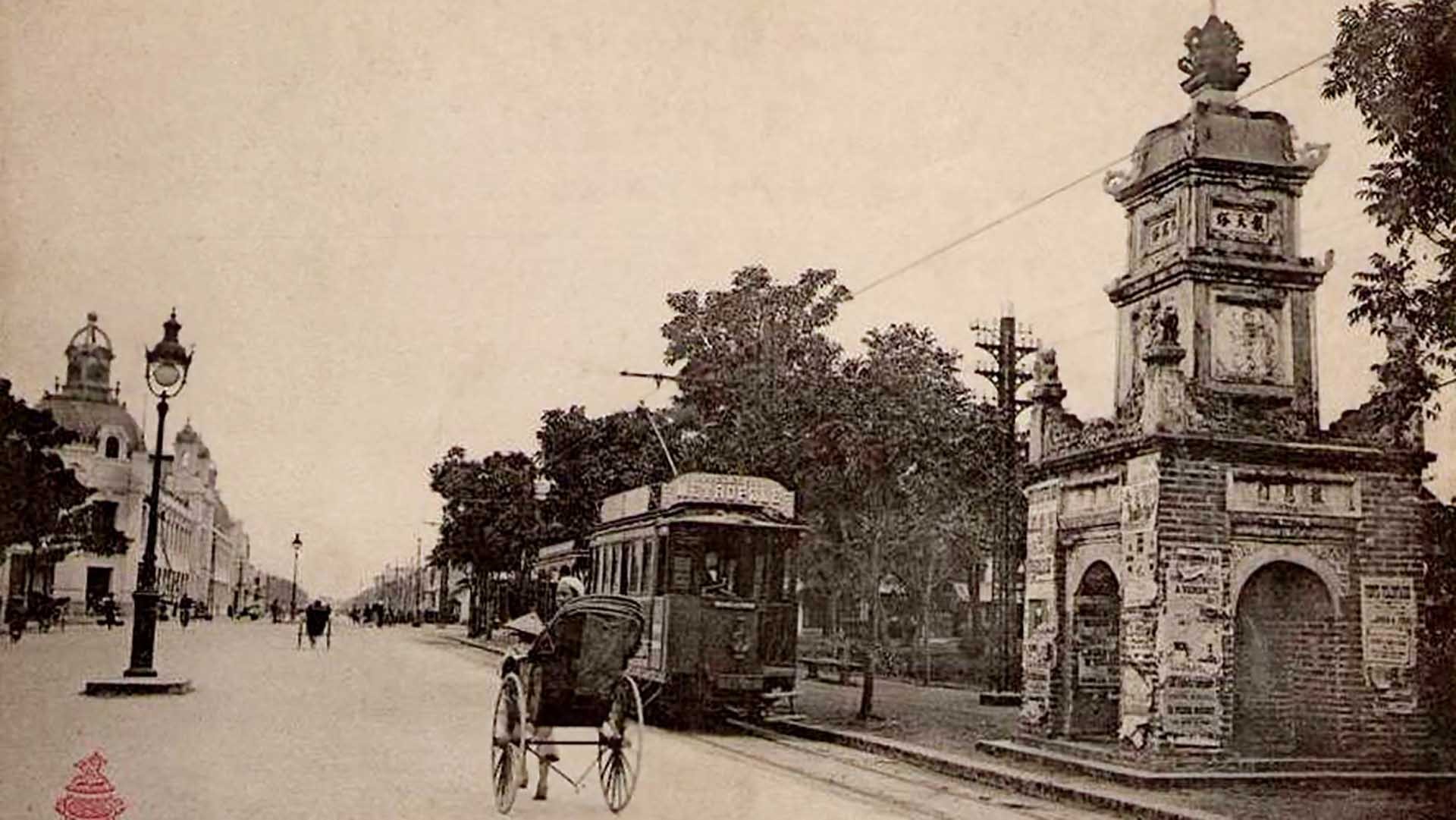 |
The French occupied Hanoi for the first time in 1873. They forced us to give them a concession area, this area next to the Red River, called Don Thuy, originally our naval camp, with the present-day boundary being Le Thanh Tong Street and Pham Ngu Lao Street (the area of the two Friendship Hospitals and Hospital 108). This was the springboard for the French to encroach and build the Western Quarter at the eastern end and southern end of Hoan Kiem Lake.
The French occupied Hanoi for the second time in 1882. They temporarily stationed civil command units on Hang Gai Street (next to the banyan tree in the middle of the street) and O Quan Chuong (military command was located near the Post Office). After the Hue court surrendered and signed the 1883 treaty, recognizing the French protectorate, the first Resident of Hanoi, Bonnal, immediately thought of clearing the area around Hoan Kiem Lake, full of stagnant ponds, thatched houses, and sewers, and building a large road around the lake... It was not until 1893 that the road was inaugurated on New Year's Eve with many fun activities. But the people did not participate, being busy at home worshiping their ancestors.
Urban planning has destroyed many valuable temples and pagodas, especially Bao An Pagoda right on the Post Office land, leaving only the Hoa Phong tower next to the lake, which used to be where the tram to Mo market stopped. The pagoda is also called Sung Hung, built by Hanoi Governor Nguyen Dang Giai with local funds in 1848. The pagoda is large in scale, with 36 buildings, the main hall is built in the middle of a lotus pond, so it is also called Lien Tri Pagoda.
The front of the gate overlooks the Red River, and the back has many towers near Hoan Kiem Lake. In 1883, the French stationed the pagoda as the headquarters of the expeditionary army's logistics agency. The pagoda was destroyed, and when the road around the lake was built, it was completely destroyed. In the pagoda, there is a scene of the underworld (the ten courts of Hades), where demons and evil spirits punish the wicked, so the French called Bao An Pagoda the Suffering Pagoda (Pagode des sup-plices).
French military doctor Hocquard, who followed the expeditionary force to pacify Bac Ky (1884-1886), described Bao An Pagoda as follows:
“From afar, this pagoda attracts people’s attention because of its many bells, gates and towers. In a large room, between the beautifully gilded red columns, there are rows of two hundred statues: statues of saints, gods and goddesses (of Buddhism). In the middle of the main hall, in a solemn position, sits a round, 1.5m high Indian Buddha sitting cross-legged, gilded from head to toe. The Buddha looks down at his right palm resting on his knee. Two close disciples, one old and one young, stand on either side. Around this central group of statues, there are many statues placed on different pedestals on both sides of the corridor like attentive listeners to the sutras. Among these gods and Buddhas, there are officials in their official robes, holding incense burners or dustpans, ascetics meditating, although not yet enlightened, they have the ability to tame wild animals: tigers and buffaloes kneel at their feet. The main statue is typical of the Indian model in terms of clothing and hair. The Northern Buddha looks exactly like the Buddha I saw in Sri Lanka and Singapore. The secondary statues are different, in Chinese style... This temple is in ruins...”. (Hocquard - A campaign in Tonkin - Paris, 1892).
After occupying Hanoi and Bac Ky, the French governing agencies temporarily stationed at the Thuy Fort awaiting new construction.
In the book Hanoi, the first half of the 20th century, the master Hanoi scholar Nguyen Van Uan said the formation of the area below the east bank of Hoan Kiem Lake (the side of the Post Office). According to the plan, this area was divided into two blocks. The upper block was used to build the Governor's office (now the Hanoi People's Committee), the treasury and the Union Club.
The lower block was built on the Post Office (Bao An Pagoda land) and the Governor's Palace, reaching Trang Tien Street. Between the two blocks is the Pon Be flower garden (Paul Bert), later the Chi Linh flower garden. Paul Bert was the name of the Resident General of Tonkin and Central Vietnam. He was a famous scientist in physiological works, a politician who served as Minister of Education. He came to Vietnam with a good heart, but according to the colonial concept of that time, colonialism was considered to be to civilize backward peoples.
After a few years in Vietnam, he died in Hanoi (in 1886). The statue of Paul Bert was sent from France to replace the Statue of Liberty. While waiting for the stone from the Jura region, Paul Bert’s birthplace, to be used as a pedestal, the two statues were placed on the grass next to each other. Hanoians made a folk song to mock him: “Mr. Paul Bert married Mrs. Dam Xoe...”.
The statue of Paul Bert standing with his arms spread out to cover a small Annamese man sitting at his feet made every Vietnamese at that time feel humiliated. The Dam Xoè statue was moved to the Cua Nam intersection. This is a miniature of the giant Statue of Liberty in the US, the work of French artist Bartholdi, the model of the Statue of Liberty was a gift from France to the US. But when it was brought to Vietnam, there was an ironic story that they beheaded several patriots of the Can Vuong movement at the foot of the statue. At the end of the flower garden is the Trumpet House, where the military trumpet team played music for the French on Sunday afternoons...
Source


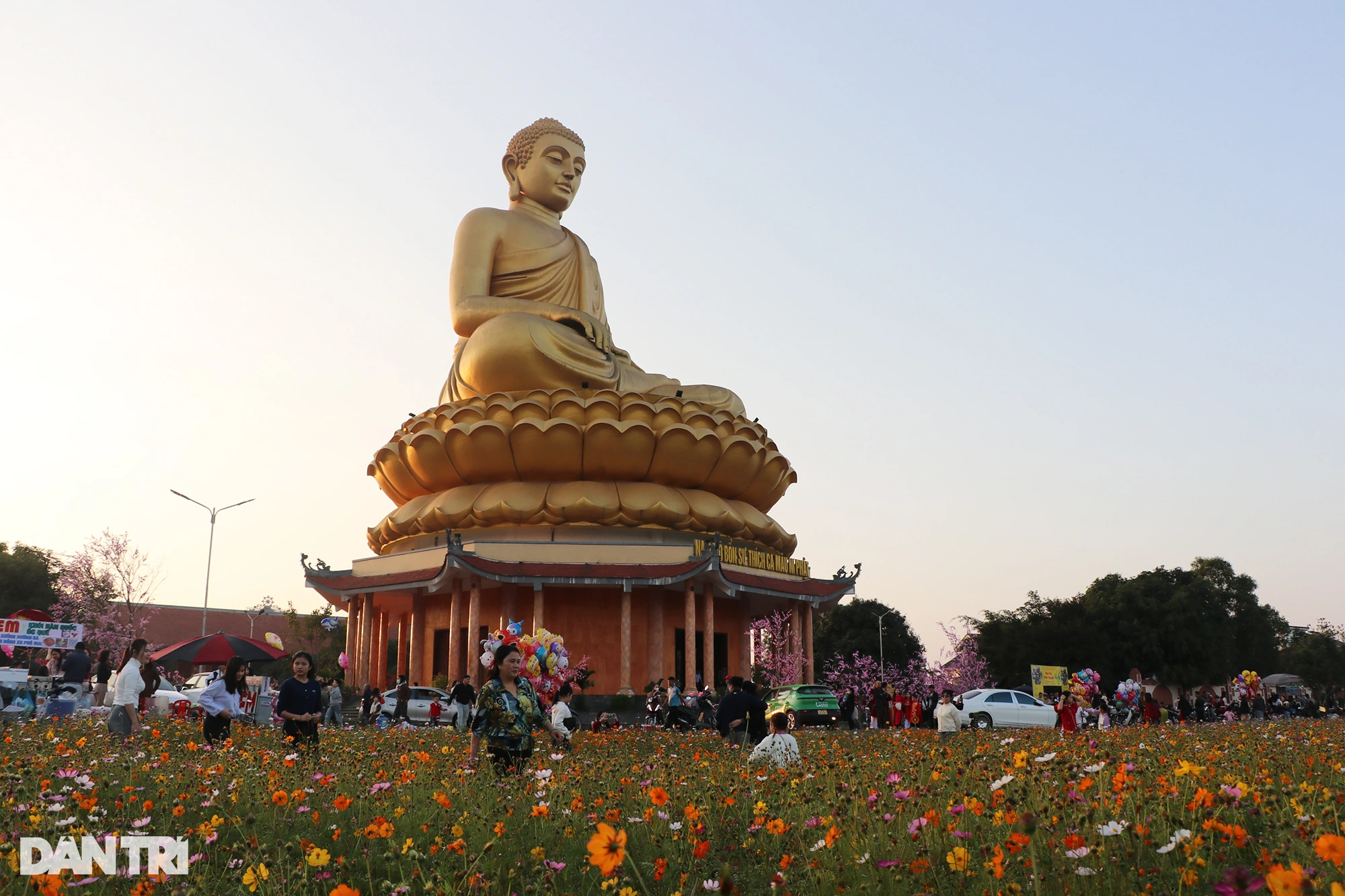



















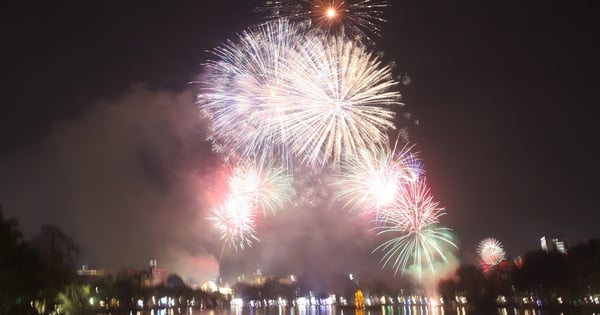

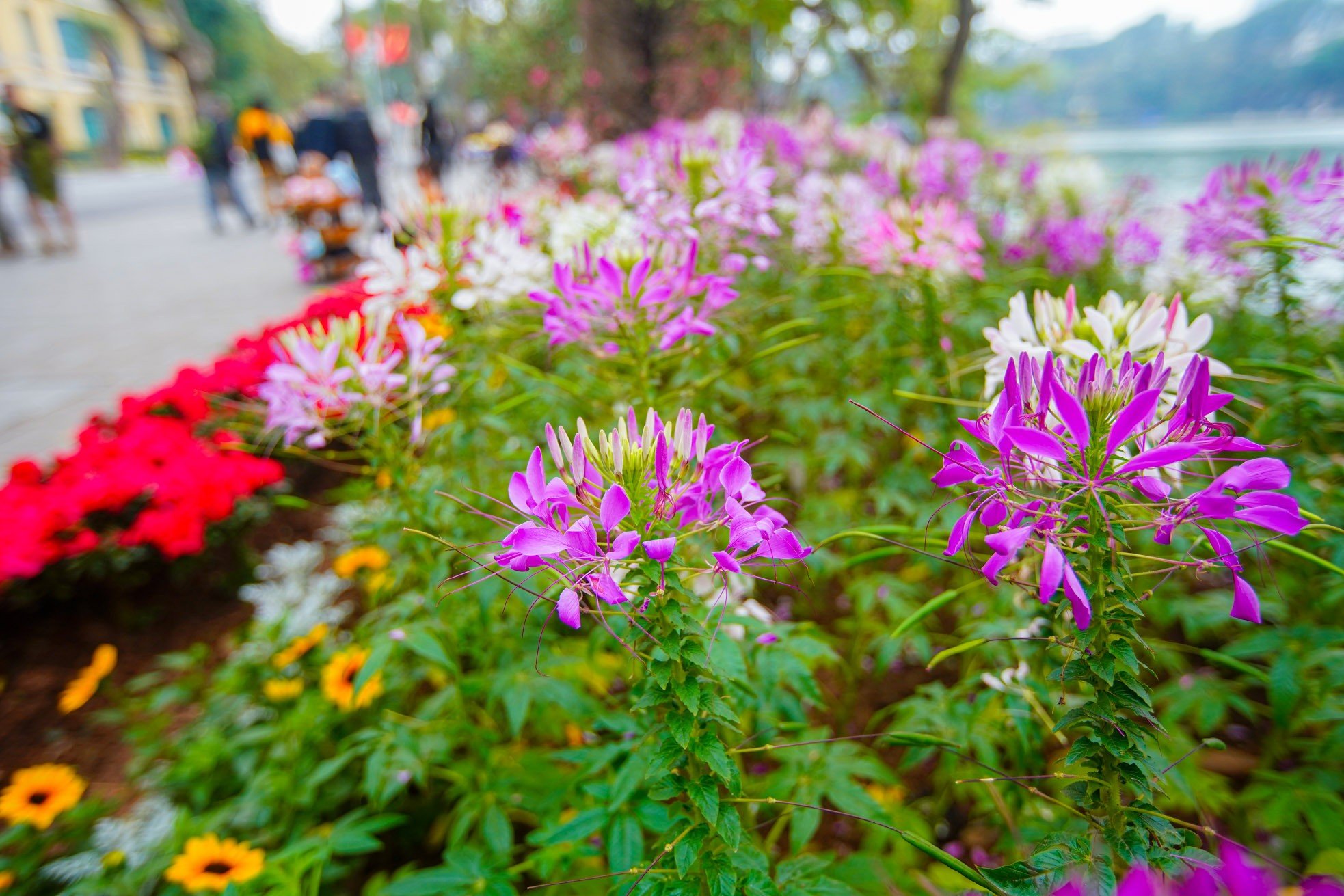

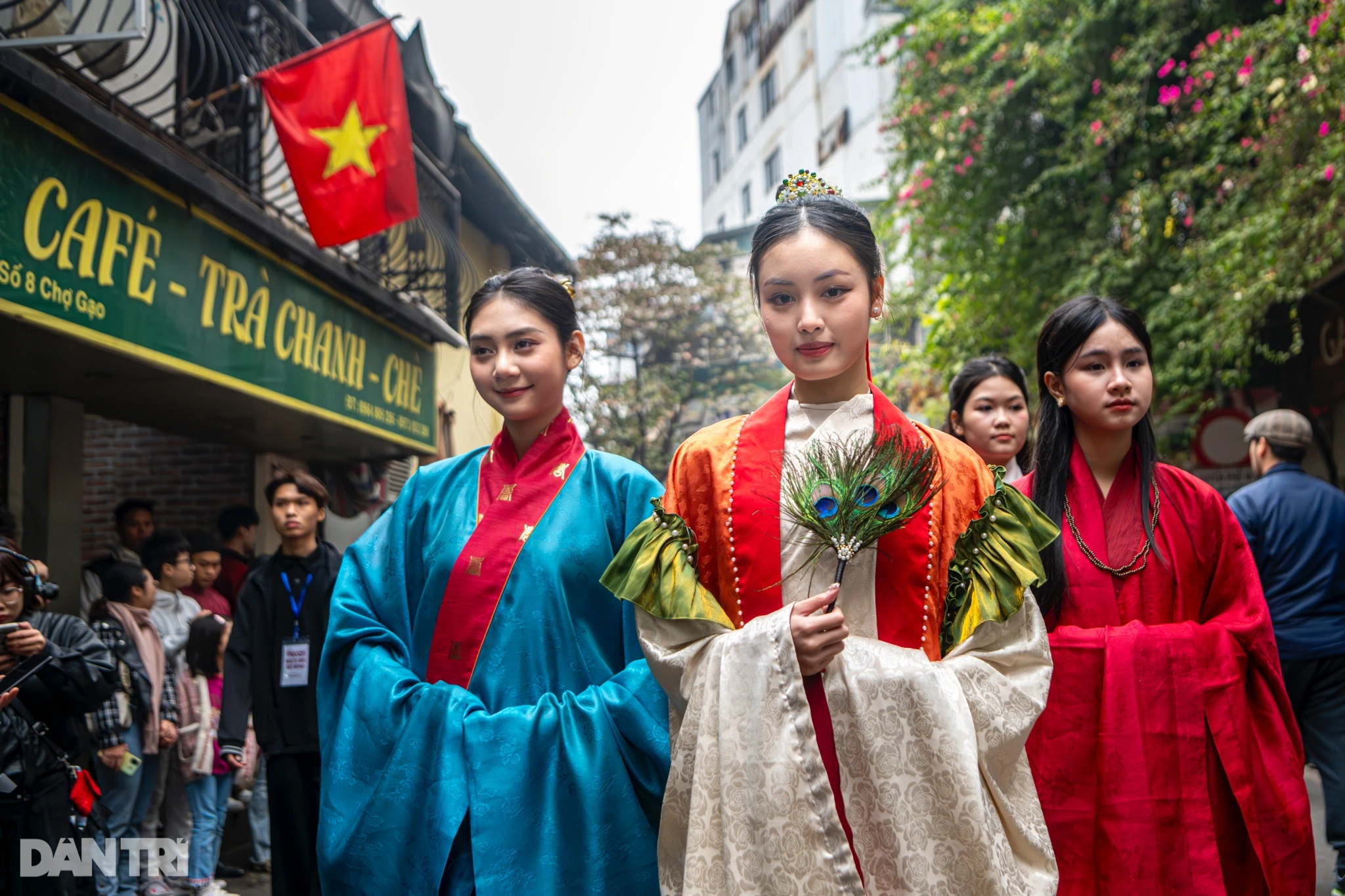

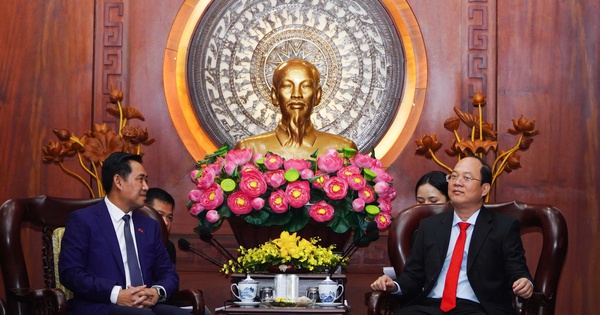
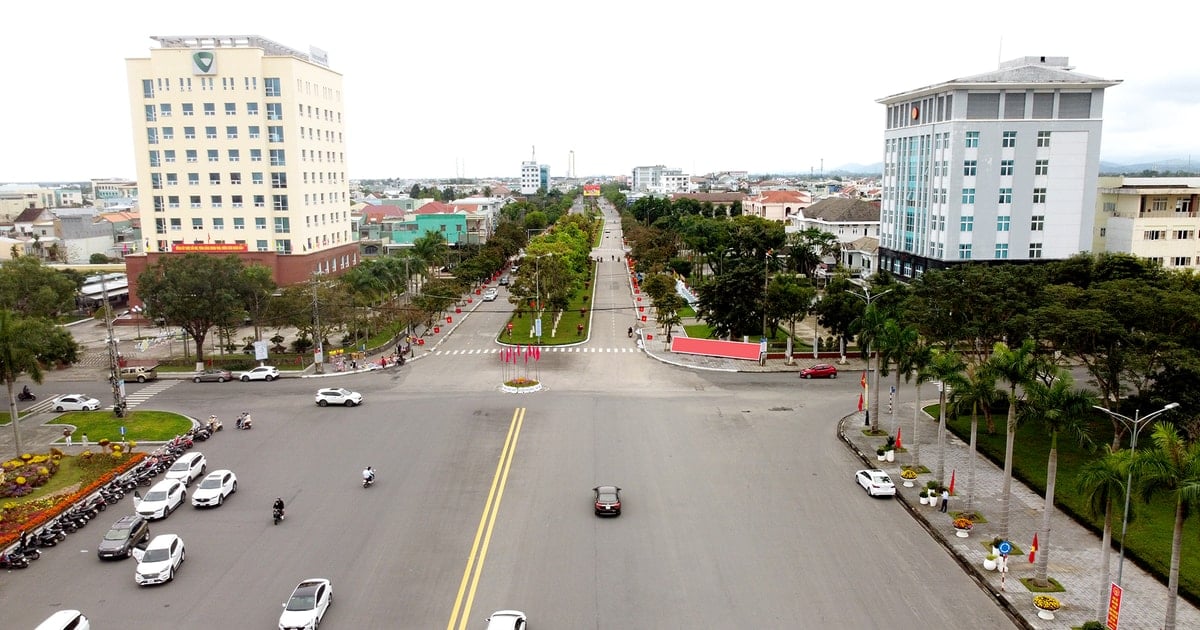
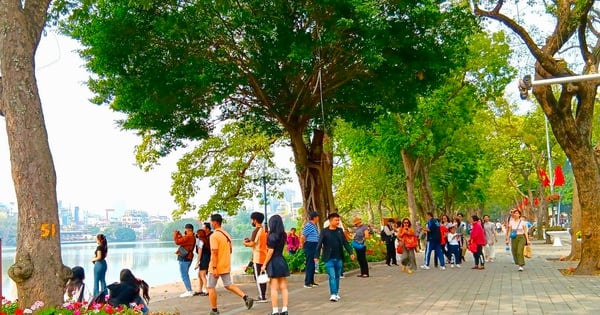

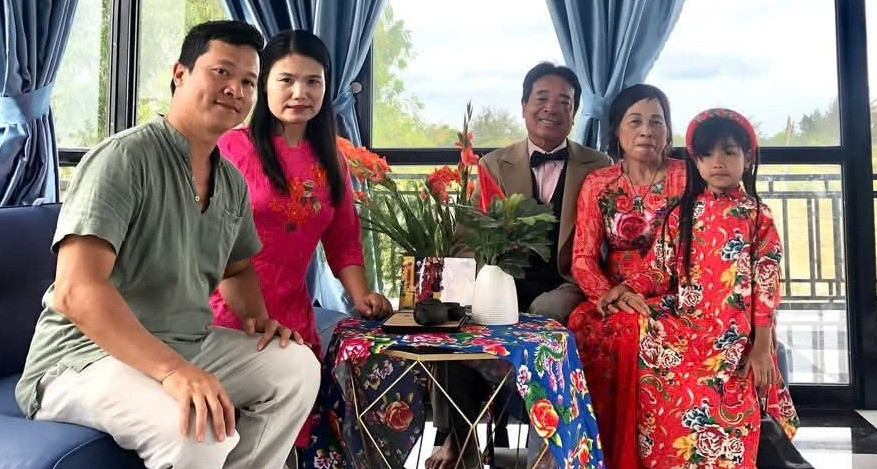

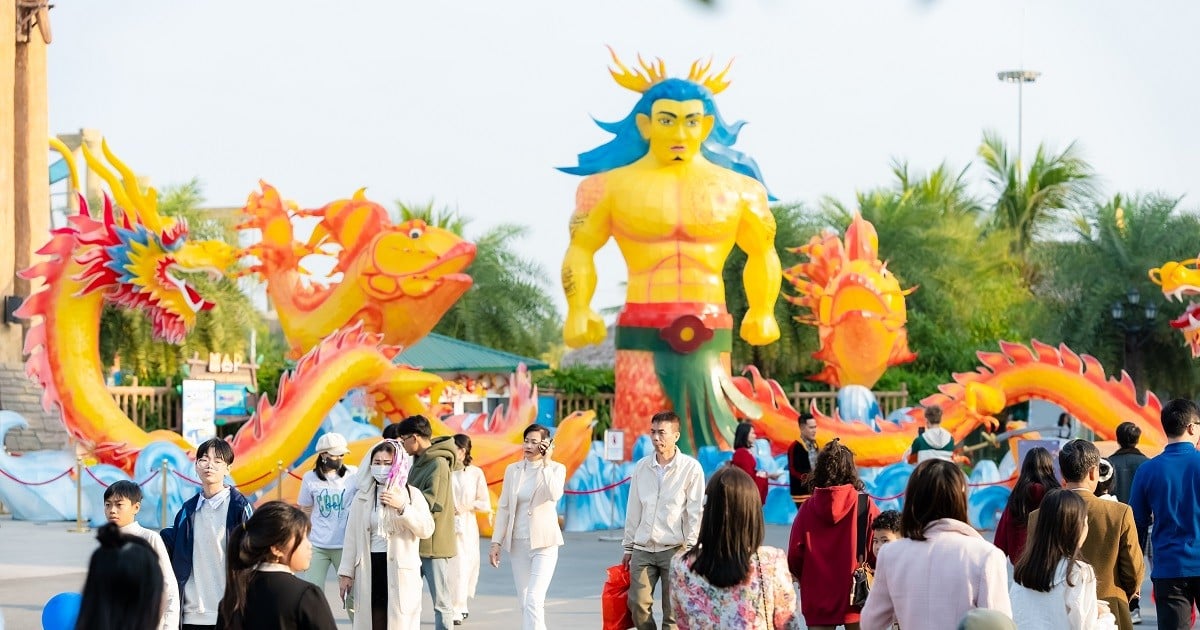

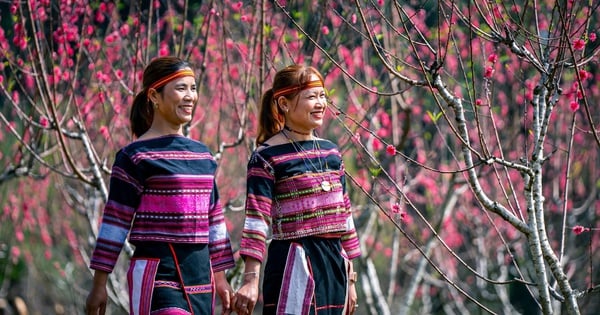


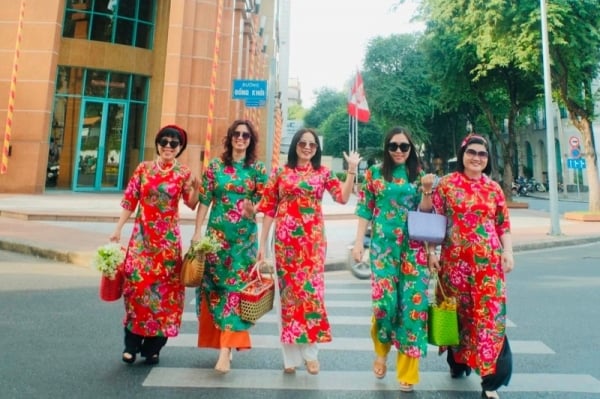
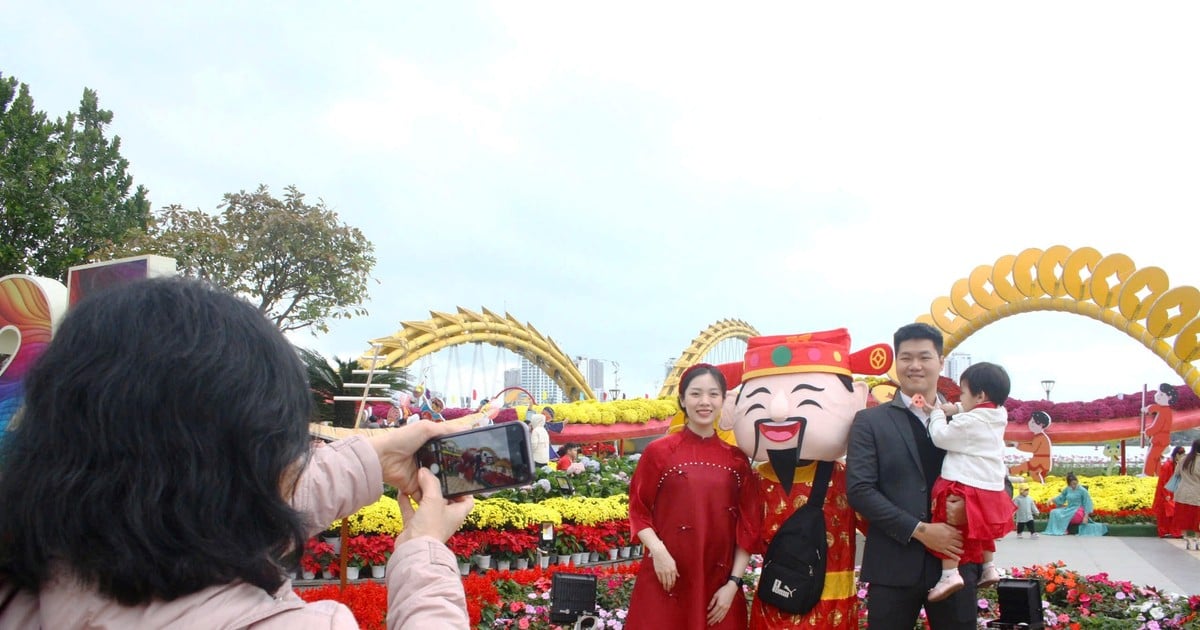



















Comment (0)